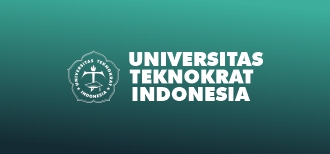
Using media to enhance teaching and learning involves incorporating different types of media, such as visual media, social media, and print media, into instructional design to facilitate the transfer of expert knowledge to novice learners, promote deeper learning, and engage students in creating their own media. Media sources can help learners connect with culturally relevant events, showcase complex ideas in a short period of time, and provide affective experiences. Students can also see concepts and theories in action, hone their analytical skills, and experience worlds beyond their own through media. However, there are also cautions that faculty should keep in mind, such as copyright laws, workload, and ensuring that media content enhances learning and does not become a distraction. Overall, using media can be a powerful tool to enhance teaching and learning, but it requires careful consideration and planning.
Using media to enhance teaching and learning refers to the intentional incorporation of various media forms, such as images, videos, podcasts, and social media, into the classroom to improve the teaching and learning experience. Media can be used to present information in a more engaging and interactive way, allowing learners to explore complex concepts, theories, and ideas.
Media can be used to create a more inclusive learning environment by catering to different learning styles and providing multiple representations of information. For instance, students who are visual learners may find it easier to understand complex information when it is presented in a visual format, such as an infographic or video.
Media can also be used to promote active learning by encouraging students to engage with the material in various ways, such as through collaborative projects or digital storytelling. This approach encourages students to take an active role in their learning, allowing them to develop critical thinking skills, creativity, and problem-solving abilities.
Media can also help connect learners to real-world issues and events, enabling them to see how theoretical concepts are applied in practice. For instance, news stories can be used to illustrate the impact of policies and events on different populations, promoting a deeper understanding of social issues.
However, it is important for educators to approach media use with caution. Copyright laws must be respected, and it is crucial to ensure that media content is appropriate and enhances learning, rather than acting as a distraction. Additionally, educators must consider factors such as accessibility and technology limitations when incorporating media into their teaching.
Overall, using media to enhance teaching and learning can be an effective way to engage students, promote active learning, and connect learners to real-world issues.
Using media to enhance teaching and learning refers to the use of various forms of media, including print, visual, and social media, to facilitate communication and deepen the learning experience. Media can be used in direct instruction, active learning strategies, and student projects to engage students, reinforce concepts, and promote deeper understanding.
The advantages of using media in teaching and learning include high production quality, cognitive and affective experiences, cultural relevance, and real-world connections. Media can also help students connect theories and concepts with real-world events, hone their analytical skills, and experience new worlds beyond their own.
However, there are also cautions that faculty should keep in mind when using media, including copyright law, workload, and the need to recognize content that enhances learning rather than becoming a distraction.
Overall, the use of media can be a powerful tool in teaching and learning, but it requires careful consideration and planning to ensure that it is used effectively and responsibly.